Along with George Szell, Eugene Ormandy, Fritz Reiner and Georg Solti, Antal Doráti (1906-1988) is one of the Hungarian conductors who have left their mark on the history of American orchestras and, more broadly, 20th-century conducting.
Dividing his career between the United States and Europe, for 40 years Doráti built a reputation as an orchestra builder. And with over 600 classical music recordings, he has also left us a major discographic legacy. From Europe to the United States, here is the musical itinerary of one of the emblematic conductors of the Hungarian conducting school.
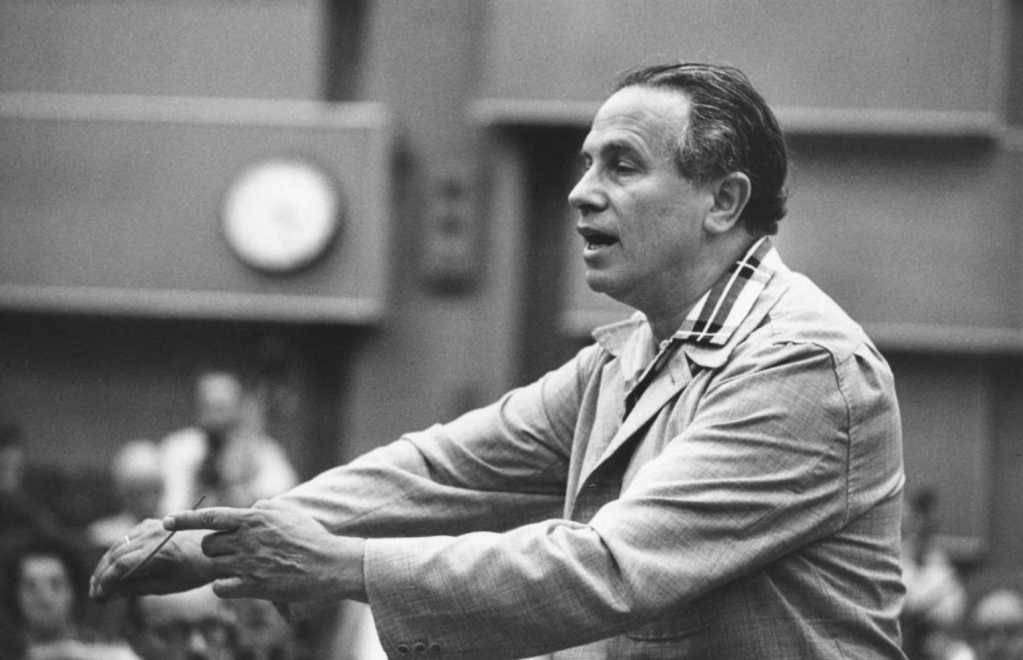
Credits: Erich Auerbach/ Hulton Archive/ Getty Images
Antal Doráti’s Hungarian youth
Born in Budapest in 1906, in the heart of the Austro-Hungarian Empire, Antal Doráti grew up in a family of musicians, his father Alexander Doráti being a violinist in the Budapest Philharmonic Orchestra, while his mother Margit Kunwald taught the piano.
Doráti studied at the prestigious Franz Liszt Conservatory in Budapest under the tutelage of three giants of Hungarian music, Zoltán Kodály and Leó Weiner for composition, and Béla Bartók for piano. At the beginning of the twentieth century, there were no conducting courses as there are today, so it was an art that was learned hands-on.
As he explained at the end of his life, in an interview with Bruce Duffie, in those days if you wanted to become a conductor, the rite of passage was to start by working in small opera houses. He did just that, starting out at the Royal Opera House in Budapest, before being hired in 1928 as Fritz Busch’s assistant at the Dresden Opera House, then as second conductor at the Münster Opera House from 1929 to 1932.
First steps in America
In 1933, he became principal conductor of the Ballets Russes de Monte-Carlo, heirs to Diaghilev’s Ballets Russes, a position he held until his exile to the United States in 1941. This experience played a crucial role in the further development of his career, turning him away from opera towards the ballet and symphonic repertoire, which he subsequently recorded extensively, and giving him the opportunity to tour Europe and the United States.
We have no surviving recordings from these years, but thanks to Richard Chlupaty, who has compiled years of concert programmes and extracts from reviews from the period in his book Antal Doráti and the Joy of Music Making, we have an idea of the young Hungarian conductor’s style. From his earliest days, critics praised his rigour and precision, the clarity of his reading of the works, his sense of rhythm and the expressive and narrative force of his interpretations.
Thus the St Paul Pioneer Press critic noted at the time that ‘the brilliant conducting of the young Hungarian maestro, Antal Doráti, whose powerfully firm rhythmic control combined as it is with intuitive flexibility, does wonders for the general effect of the performances of a whole. Much experience as a symphonic and operatic conductor has developed in him a quick resourcefulness, coupled with what seems to be remarkable native ability.’
From 1945 to 1949, he was called upon to head the Dallas Symphony Orchestra, an orchestra that had been « disbanded » during the Second World War. Appointed to rebuild the orchestra, Doráti worked miracles. As Paula Bosse explains in he article on Doráti’s years in Dallas, ‘Doráti managed to put an orchestra together, prepare the season’s schedule, rehearse the musicians, and present the first performance of the “reborn” Dallas Symphony Orchestra on December 9, 1945.’
In Dallas, he forged a lifelong reputation as an orchestra builder. It was also with this orchestra that he began making recordings, notably a recording of Béla Bartók’s Violin Concerto No. 2 with Yehudi Menuhin, as well as a recording of Prokofiev’s 3rd Piano Concerto, which are interesting recordings of this conductor’s early career.
Doráti’s tenure in Minneapolis
In 1949, his appointment as conductor of the Minneapolis Symphony Orchestra, renamed the Minnesota Orchestra in the 1970s, was to be a golden age for the orchestra. Together, they recorded a number of landmark albums for the Mercury label. Last July, Eloquence Australia released two boxed sets, monophonic and stereophonic, of Antal Doráti’s recordings with Minneapolis in the Mercury Living Presence edition.

At the command of this phalanx, ‘Antal Doráti imposes an aesthetic of sound that is clear and sharp. The instrumental mass does not aim for a kind of opulence of sound, but rather gives way to a transparent, light aesthetic of sound based on a precise rhythmic pattern and lively motorics. This attention to rhythm, always invigorated, allows the conductor to mark contrasts in an energetic gesture that is almost Fauvist in its impact’. (Jean-Pierre Tribot, Antal Dorati, les années Minneapolis, Crescendo).
To all these characteristics, we can add that Doráti’s style is characterised by a great sense of orchestral colours, which works wonders in his interpretations of Hungarian, Russian and Czech music. His performance of Petrouchka is a gem to listen to, not only for its drive and rhythmic precision, but also for the beauty and liveliness of the orchestral colours he draws from the Minneapolis orchestra.
Back and forth between the United States and Europe
After Minneapolis, Doráti returned to Europe where he conducted the London Symphony Orchestra on a freelance basis before being appointed Music Director of the BBC Symphony Orchestra (1963-66), then of the Stockolm Philharmonic Orchestra (1966-1974), before returning to the United States to conduct the National Symphony Ochestra (1970-77), then the Detroit Symphony Orchestra (1977-1981) and London’s Royal Philharmonic Orchestra (1975-1979).
When Doráti took over the direction of the National Symphony Orchestra, the orchestra was on the verge of bankruptcy and had gone through a long period of musicians’ strike. With great self-sacrifice and the full extent of his talent, he managed to bring the orchestra back up to scratch, saving it from bankruptcy and a musicians’ strike. The orchestra’s management was not very grateful to him: it was through the press that he learned of his replacement by the Soviet conductor Mstislav Rostropovitch.
Throughout these years, he continued to record with these orchestras and others such as the Philharmonica Hungarica, an orchestra that has now disappeared, with whom he recorded the complete symphonies of Joseph Haydn, a historic first and a legendary achievement that remains a benchmark today: ‘Antal Doráti’s intelligent and sober interpretation combines orchestral mastery, precise, lively conducting and the freshest spontaneity with a lucid analysis that is constantly in tune with each of these symphonies’. (Michel Tibbaut, Resmusica).
With the RPO Doráti has left us a fine collection of Beethoven’s symphonies, recently released by Deutsche Grammophone. Recorded at the end of his career, when he had already made scattered recordings of some of the symphonies, this complete set is characterised by rigorous tempi, orchestral discipline and the precision and dryness of the string attacks, showing a hieratic vision of a Beethoven who seems set in stone.
Partnership with the London Symphony Orchestra
Doráti has forged a lasting partnership with the London Symphony Orchestra, with whom he has produced many outstanding albums. Under his lively, sharp, expressive conducting, with a keen ear for orchestral colours, the London Symphony Orchestra shines brightly, particularly in recordings devoted to Russian music (Tchaikovsky, Stravinsky, Rimsky-Korsakov). Even today, many of their recordings together remain benchmarks on the discography, such as their intensely shimmering and poetic recording of Ottorino Respighi’s Birds.
Among the noteworthy CDs recorded with the LSO is a magnificent version of Béla Bartók’s Bluebeard’s Castle, with two Hungarian soloists, Mihály Székely and Olga Szőnyi in the roles of Bluebeard and Judith. Throughout his life Doráti was an ardent defender of his country’s music, first and foremost that of Kodály and above all Bartók, whose orchestral works he recorded in their entirety. When he worked with orchestras from Western Europe and the United States, he was able to achieve orchestral colours that evoked the folk inspiration of his compatriots’ music.
An extraordinary conductor, Antal Doráti was also a composer of great talent, writing mainly for the orchestra, most notably two symphonies that show the influence of his masters, Kodály and Bartók. Although conducting soon took precedence over his composing, ‘he saw composition as his true vocation and, in all modesty, he regarded himself not as a ‘conductor who composes’ but as a ‘composer who conducts‘.’ (Source : Horst A Scholz, The Antal Doráti Society)
A consummate master of the art of conducting, capable of shaping up the sound of struggling orchestras, Antal Doráti is remembered as a magician whose passion for music, rigour and musical intelligence continue to fascinate and enthral music lovers with his vibrant, colourful and sharp interpretations.
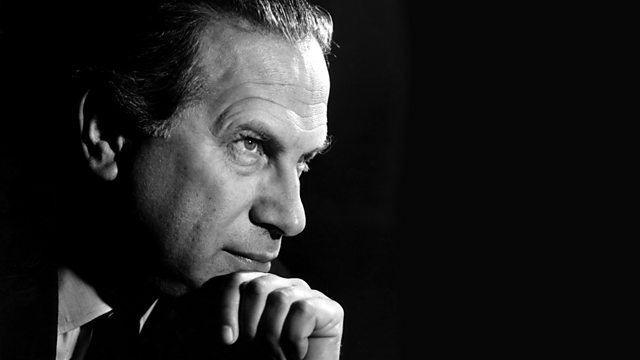
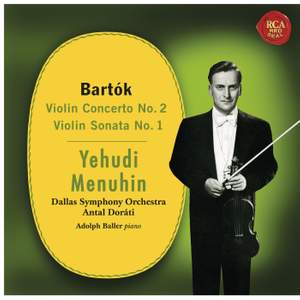

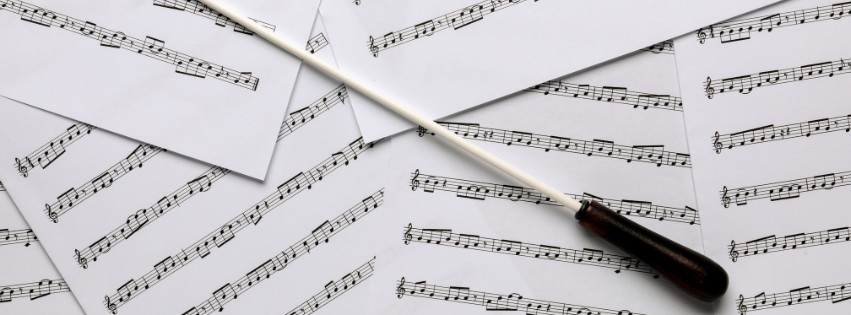
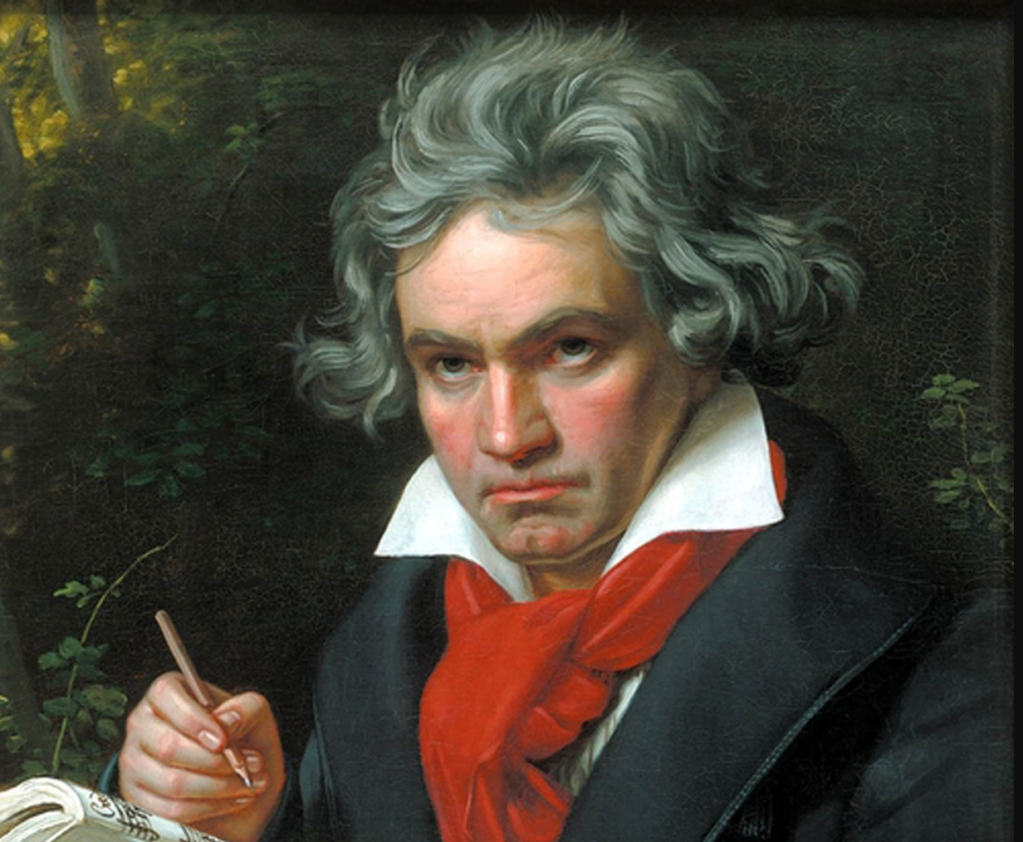
Laisser un commentaire